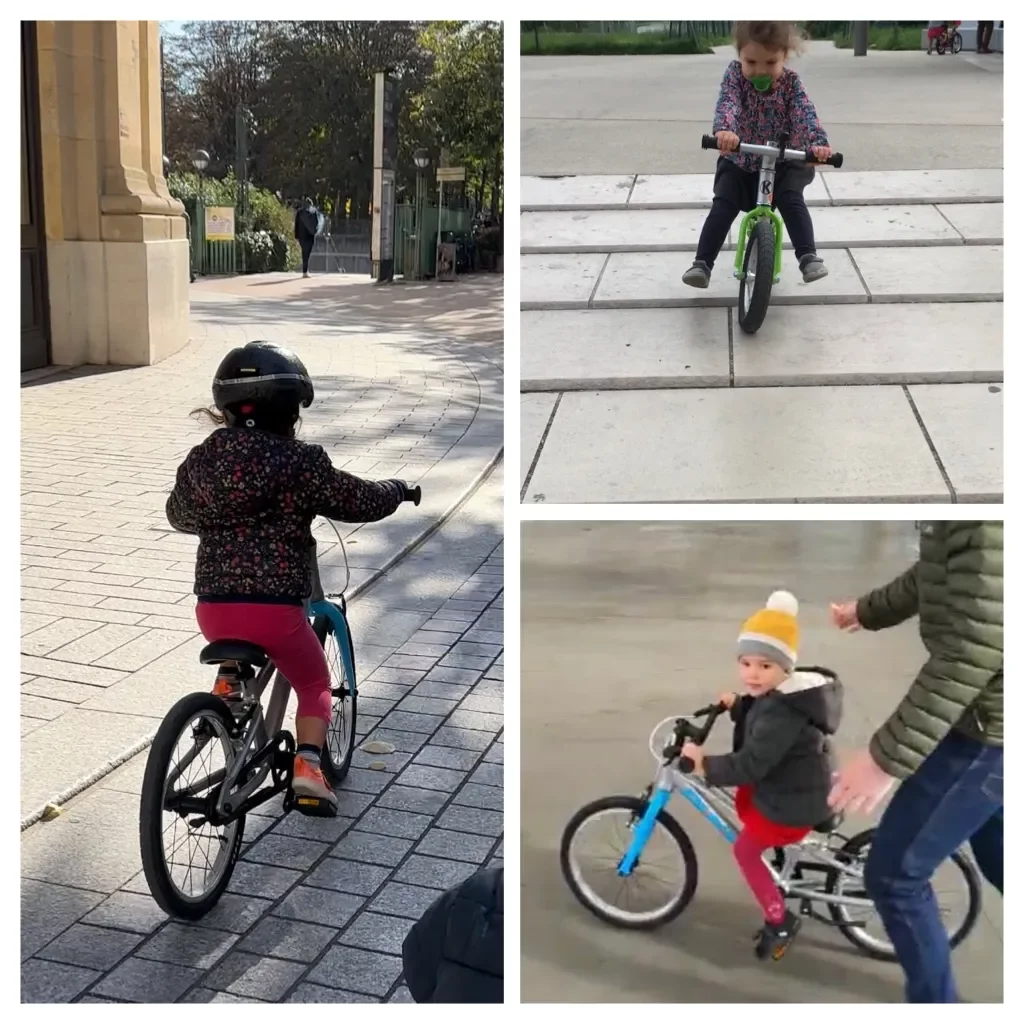Young kids can easily learn many things and become better learners and more creative in the process.
There are countless benefits of learning many things for kids. Here below I am going to discuss the 3 major objective benefits.
Personally, I found playful learning to be the best activity to educate and bond with my kids. At times it is more challenging than other more entertaining activities but overcoming challenges helps us know one another deeply.
I am also happy to see my kids proud to become more resourceful and grateful I helped them achieve it.
Get tips to help your kids learn effectively and playfully
1. Kids learn faster, easier and simply better!
“Children are like wet cement. Whatever falls on them makes an impression.” Haim Ginott
Kids learn faster, with little effort and retain longer; they are naturally better learners. One way of taking advantage of this temporary superior ability is by helping them learn as much as they can, about as many things as they can. But always at their own pace.
One reason why kids learn faster is that they are able to quickly adapt to stimuli and thrive in any type of environment thanks to the higher level of plasticity of their brain and neuromuscular system and to the higher flexibility of their muscles, tendons, ligaments and cardio-respiratory system.
Adults instead need to apply intense effort and focus to learn, and can only achieve big changes through a series of slow incremental improvements (Linkenhoker & Knudsen, 2002).
For example, my daughter started on a balancing bike when she was 2 and learnt to ride a bicycle when she was 4. Last week she was complaining that when she rides at super slow speed the handle bar doesn’t remain straight but moves left and right. She was blaming the bike and couldn’t realize that it was her, instinctively moving the handle bar left and right to keep the bicycle balanced. Since she started so early, balancing a bicycle has become an involuntary reflex she cannot control. Now she can fully focus on a new skill like avoiding obstacles.
Not only kids learn faster but also better! The skills they learn become a second nature and they retain longer.

2. Become a better learner
“The only constant in life is change.” Heraclitus
It doesn’t matter what children learn as long as it helps them train to become better learners, able to quickly adapt to changes and even be actors of change.
Being a superior learner is empowering, it builds confidence, confidence that no matter what happens they will always be able to achieve whatever they aim for and enjoy the process, too.
The act of learning exercises their minds and bodies, pushing them to explore the world outside of their comfort zone, keeping them physically and mentally healthy, curious, interesting and alive.
The best way to become a better learner for kids is to learn many different things. Learning engages multiple areas of children’s body and brain, acquiring a general level of fitness that keeps them ready for any future challenge and newly discovered passion.
It helps develop general learning skills like: higher range of motion, coordination, improved memory for different things (shapes, melodies, movements, concepts…), sharper filtering mechanisms to focus on what is meaningful depending on the context, higher endurance to different types of efforts, intuition for understanding mechanisms and strategies.
For example, we are moving abroad and schools require a minimum level of fluency in English. Since my daughter learnt to read French at 4 she is learning to read English much faster, facilitating verbal comprehension and fluency
3. Become creative
“Learn the rules like a pro, so you can break them like an artist.” Pablo Picasso
It takes practice to become creative, constantly having new ideas, test them and sell them to the world.
Kids are creative in nature, they like to combine things and ideas in new original and often funny ways. Again, this advantage can be exploited by letting kids interact constructively with many different environments where kids’ brain can collect countless ideas.
Creative ideas result from the novel combination of two or more ideas that have been isolated from their usual association and context. In fact a long time of information acquisition is needed before creativity can emerge (Radford 1990).
The farther apart the components are, the more creative the idea is. In fact, universality is one of the characteristics of creative people.
Creativity requires: 1) a large pool of elements to form associations, 2) speed to produce many associations, and 3) a good comparator to eliminate inappropriate solutions.
Learning different subjects and skills helps provide exactly the large pool of ideas needed to be creative. The rest is about constantly practicing to make valuable creative combinations. Spending time exploring all the different degrees of freedom, all possible combinations, all variations and limits of existing idea.
Personality has also a powerful influence on creativity at comparable levels of intelligence. Creativity is highly correlated with self-confidence, sociability, perseverance (Terman and Oden 1959).
Although personality has some genetic component, it can also be altered through experience and practice. In particular, self-confidence, sociability and perseverance are personality traits that can be trained. Learning new things and skills in new environments is most likely the best way to improve those traits.
Thanks for reading. I hope you enjoyed it!
Get tips to help your kids learn effectively and playfully

Every day, after I pick up my kids from school, I try to teach them all sorts of skills and subjects. Over the years I became fascinated by the way kids learn, very different from adults, and frustrated struggling to find teaching methods specific for young kids (2-10 years). So, I have decided to build a practical framework to teach kids anything effectively and playfully.

